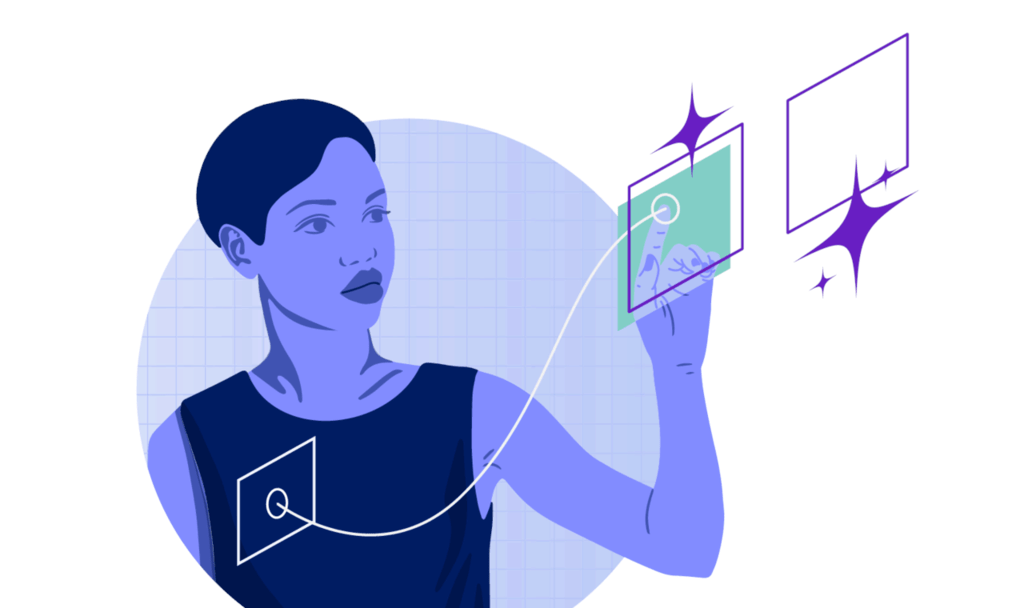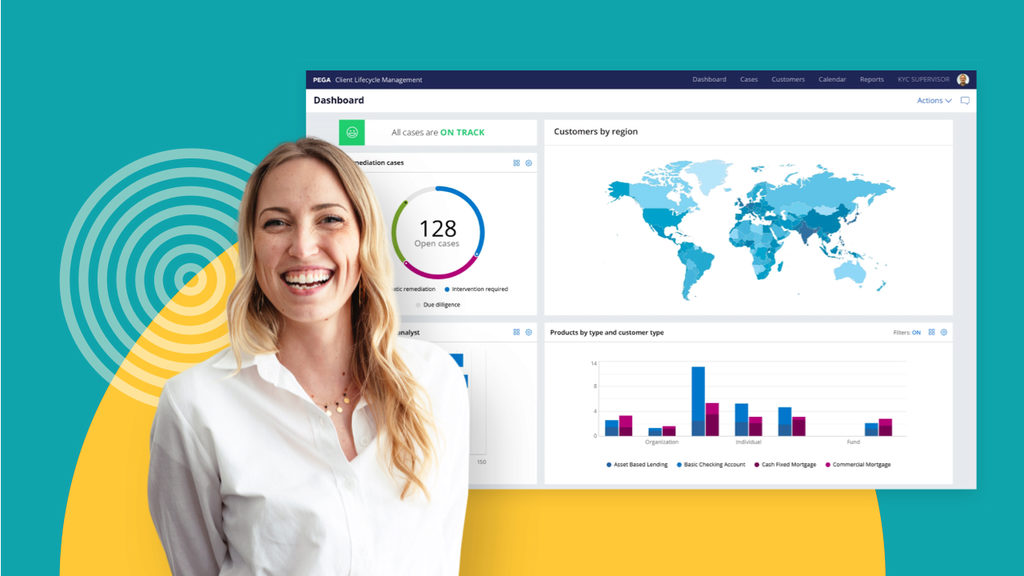Video
Citizen AI
In the Accenture Technology Vision 2018 for Pega: Citizen AI, Don Schuerman, CTO, Pega, and David Steuer, Managing Director, Accenture, discuss the role that artificial intelligence plays within Pega, and why it is critical that AI becomes a partner to humans that are responsible for driving business outcomes and customer engagement.
Transcript
David Steruer: Don, thanks for joining me today.
Don S.: Of course.
David Steuer: We're going to talk a little bit about the Accenture tech Vision and five themes that we have within the Tech Vision.
Don S.: I'm excited to talk about this. In Pega, we spend a lot of time thinking about how technology can impact both how our clients and our joint clients engage their customers and how they can drive better efficiency in the operation, so let's dig in.
David Steuer: Fantastic, fantastic. So, the first trend is what we call Citizen AI, or the idea of raising AI to benefit the business and benefit society. There's a lot of positive, as well as some negative press around AI. You hear about sometimes bots getting out of control. We've all seen some examples around that. At the same time, we've seen examples of how AI can help individuals and help citizens and help organization to do better.
David Steuer: What we see is around Citizen AI is the role that the bot is going to play within society. I know that Pega has an AI-enabled customer decision hub. Maybe you can talk a little bit about some of the features that will enable more responsible AI.
Don S.: Yeah, you know, I think one of the big ways to think about AI, and one of the ways that we think about AI, is how do you make it as a partner to the humans that are responsible for driving your business, responsible for engaging your customers. Whether that's being able to guide them to the next best action take with a conversation with a customer, whether that's being able to automate a piece of work so that they can focus on other things.
Don S.: One of the first keys to being able to do that is the AI needs to be trustable, it needs to be transparent. If you think about a lot of AI technologies, especially some of the more emergent ones, things like deep learning, a lot of that AI has a degree of an opaqueness to it. There's so much data feeding into it that the AI engine that Google's using to do facial recognition, for example, would have a very hard time explaining how it recognizes faces to you. Much the same way that we would have a really hard time explaining how do we recognize a face when we see it. Which is great if you're trying to identify pictures of your friends on Facebook. It's probably not great, if you're trying to approve somebody for a loan.
Don S.: So, leveraging AI in a way that is transparent when it needs to be and leveraging the pieces of AI technology, of which there are lots, predictive and certain machine learning models, that can actually be very transparent and allow you to do things like ensure that there's no bias baked into the algorithm, allow you to show the algorithm back out to the customer that it's helping or the employee that it's helping so they can understand and trust it.
Don S.: We've invested in putting what we call a T-switch, or a transparency switch, into the product so that business people have a control over how transparent they need the AI to be based on the risk level of the decision they're trying to make.
David Steuer: Fantastic. So what it does is, basically, it'll use, based upon whether you've flipped that switch for transparent or opaque, it may use different algorithms, is that right?
Don S.: It'll use different algorithms, and it will allow for the, you know, if you make it transparent, we won't use things like neuro networks that aren't really good at explaining how they made a decision, whereas if you've got a decision that's lower risk, perhaps, what advertising treatment you throw up for a client, those algorithms are perfectly fine.
Don S.: On the bot side, we spend a lot of time and see probably the most benefit when bots are deployed next to humans, not away from humans. If I deploy a bot to help a contact center agent get signed in to all of their systems, or wrap up a call, or help somebody who's doing research on claims, pull together all the data they need to answer that claim, our experience is, one, you get better adoption, because you're actually demonstrating to the employee base, I'm making your job easier. I'm helping you be more effective.
Don S.: It's faster to deploy, 'cause they don't have to capture all the edge cases and exception cases that happen when I deploy standalone bots, and the ROI is instantly visible. These kinds of bots that actually assist human beings, we often call attended robotics, is where we've seen a still very untapped potential value in operational improvement for the enterprise.
David Steuer: Yeah, that sort of environment creates almost a win-win-win, right? Because-
Don S.: Exactly.
David Steuer: ... the employees are happy because it's helping them to do their job better, it's helping the customer, it's helping the organization as a whole, so it's a human plus bot, not a human or bot.
Don S.: I've seen rooms of contact center employees stand up and cheer when bots have been introduced, because it's making their lives better, it's reducing costs for the organization, and it's allowing them to focus on the customer, which improves engagement.
David Steuer: Fantastic.
Tags
Recursos relacionados
-
Research and Insights
Transformando o atendimento ao cliente com IA e automação
-
Research and Insights
IA responsável: grandes poderes demandam ainda mais responsabilidade
-
Vídeo
Center-out: É preciso ter um cérebro

Explore o poder da inovação com IA
Saiba mais sobre a IA empresarial e como ela determinará o futuro dos resultados de negócios.

Por que a Pega?
Um software extraordinário não é nosso único diferencial.
